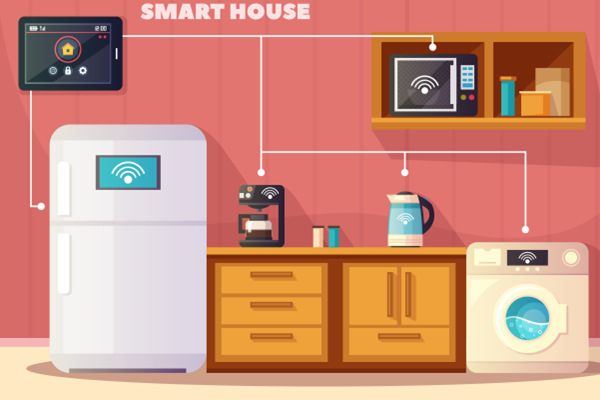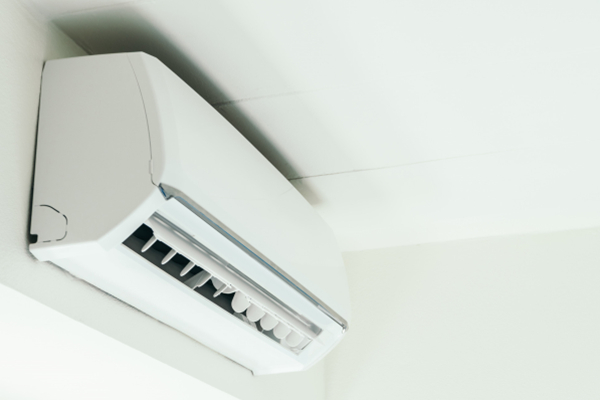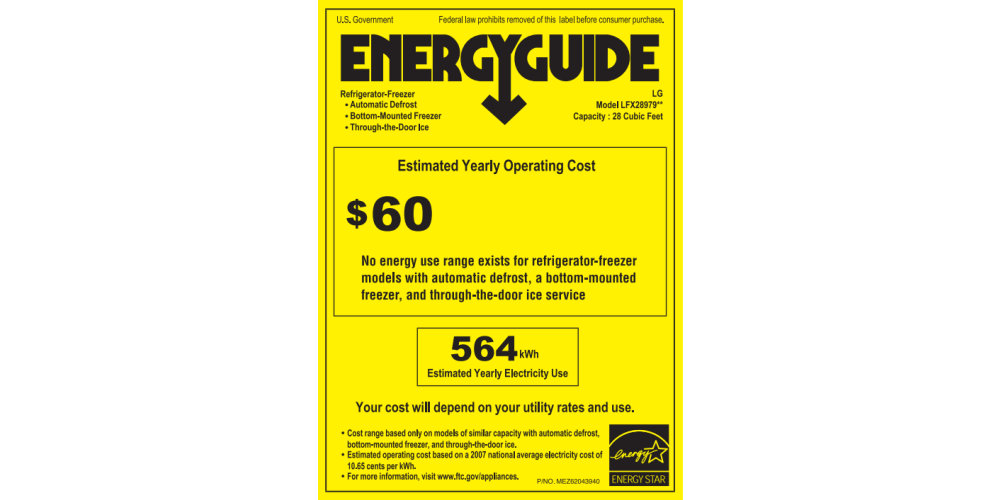How Many kWh Does a House Use Per Day: Ultimate Guide
In this guide, we’ll examine everything you need to know about how much energy the typical home/property uses, how many kWh per day is normal, how solar can help increase energy efficiency in your home, and some tips on how to limit energy consumption levels. First, let’s review the average American home power usage rates.
How Much kWh Does a House Use
The EIA has numerous energy-related stats on its official website, including the specific numbers on how much kWh does a house use per month. As of 2021, these numbers equaled out to an average of 886 kWh per month in energy consumption, and just over 10,600 kWh per year. Keep in mind that the specific average household electricity consumption kWh per day largely depends on several factors, including:
●The overall size of your home and/or property
●The number of electrical appliances you use in your home
●The energy efficiency of your home and its daily-use appliances
●Seasonal energy requirements (e.g., using heat during the winter and/or air condition units during the summer)

It’s important to note that the numbers stated in the previous paragraph represent national averages, and that in some cases your home might have far lower energy consumption levels (or far higher) — it all depends on the variables we noted above. For example, if you live in a region that experiences favorable weather year-round, your home might use less energy compared to a home in a region with cold winters and hot summers. In the EIA’s statistics, Hawaii had the least amount of energy consumption in the entire United States, most likely due to the state’s favorable weather conditions, thus needing less power to use energy-intensive appliances (such as heating units and air conditioning hardware).
Some people asked this question partly because that they want to know how many solar panels are needed for their home. If that’s your actual need, check out other articles for more details:
- How Many Solar Panels To Power A House?
- How Many Solar Panels Do I Need?
Which Appliances Contribute the Most to Your Average Home Power Usage?
We’ve already touched on how appliances can contribute to energy costs and energy consumption, but which household appliances use the most power? Here is a list of the most common energy-hungry appliances in the average American household:

●Central air condition units
●Refrigeration units
●Hot water heaters
●Ovens
●Clothes dryers
●Lighting fixtures
●Dishwashing machines
Just one central air condition unit can use up to 3,300 watts of energy at peak energy consumption. The standard kWh per day for a one-ton AC unit ranges from 11.5 to 20.6 kWh, depending on its seasonal energy efficiency ratio (SEER). A dishwasher might only need around 30 kWh per month in power. The average hot water heater will use upwards of 300 kWh per month, and a normal-sized fridge typically uses around 72 kWh in a month (check out How Many Watts Does A Refrigerator Use here). Other common appliances, such as televisions, range in power consumption from 20 to 25 kWh per month (on average). When you add all of these appliances together, you can see how the total energy consumption for a single home can easily reach the high hundreds (or even low thousands).
How to Lower Your Energy Bill and Limit Energy Consumption
Interested in maintaining a more energy-efficient home? What about lowering your monthly power bills? Luckily, there are numerous ways that a homeowner can limit their energy consumption levels and save a bit of money on their monthly electric payments. Below are some quick, easy tactics that can lead to lowered energy consumption in your home (and lower energy bills to boot):
Use energy-efficient home appliances
There’s one simple way to make sure you are looking at energy-efficient home appliances -- find the yellow ENERGY STAR ® label. Appliances with this label are tested and qualified as consuming less electricity.

Source: LG
Increase the insulation of your home
Heating and air conditioning systems can consume power fast and enormously if the insulation condition of your home is not improved. What you should do is reduce the drafts using insulating materials such as foam, heavy drapes, etc. In addition, closely monitor your in-house temperature, limit heat and/or air conditioning use unless needed, or switch to fans when the air conditioner has cooled down the room temperature. More importantly, ensure that your heating system is properly maintained and running as efficiently as possible via regular maintenance and servicing.
Add smart devices to remotely control your home devices
If you’ve already had a solar panel system on your roof, you probably know that solar panels produce the most power during the day, the time you usually work far away in your office. The excess electricity produced at that period either be sold back to the grid or stored in a solar battery. However, what you get from the grid might be way cheaper than the cost you pay for the grid. Yeah, that’s the real world. But a smart device can make a difference. For example, you’ll be able to activate your washing machine at the office during the day utilizing the excess solar energy. And when you come home, your solar batteries will still be full, and your room has been cooled.
Unplug electronics when they are not in use
Most electronics will secretly steal your electricity even when they are not used as long as they are plugged up. Therefore, make sure to unplug their power supply when they are not used for a long period of time.
Use solar power to reduce your electricity bills
Leveraging the power of solar energy can reduce your home’s reliance on the power grid and lead to lower monthly energy costs or even zero costs, if you’ve installed a solar power system large enough to cover all your electricity needs. The upfront cost of installing solar panel systems can be intimidating, but in the long run, they can be paid back fast enough. For example, our friend Shari & Hutch has particularized the cost with their own experience, and it does not seem that intimidating.
The Best Solar Panels for Home Properties
Monocrystalline solar panels have the highest efficiency ratings in the industry, with their average solar PV conversion rates falling between 15% to 24% — meaning that up to 24% of the raw solar power collected from the panels can be effectively converted into power that your home can actually utilize. Polycrystalline panels have efficiency ratings of 13% to 20%, and thin film panels have lower ratings (6% to 12%).
Renogy has a wide selection of high-quality, energy-efficient solar panel products on the web including rigid monocrystalline solar panels, portable solar panels, small solar panels, and more, all from the industry’s top manufacturers. In addition to panels, we also offer numerous solar panel kits, DIY systems, 12V batteries, lithium iron phosphate batteries, and other premium solar panel hardware components. View our wide selection of solar panel equipment on Renogy store now.
Related articles:
Important Things You Should Know When Buying A House With Solar Panels
Different Types Of Solar Panels: Which The Right Type For You
Solar Panels Usage: The 9 Most Common Uses Of Solar Power
Everything You Need To Know About The Highest Wattage Solar Panels
Choosing The Right Solar Panel For Your Home: Monocrystalline Vs Polycrystalline Solar Panels








